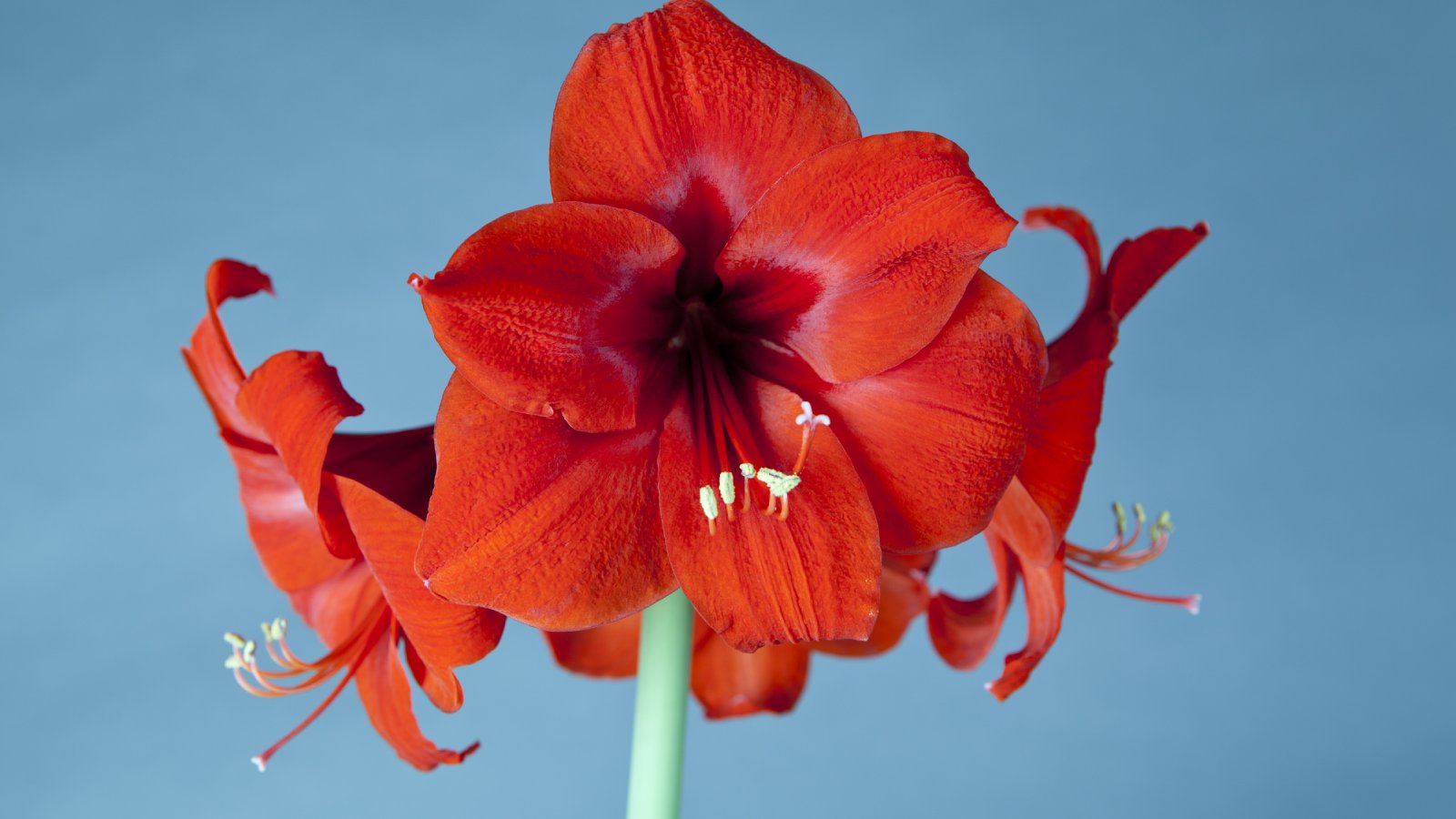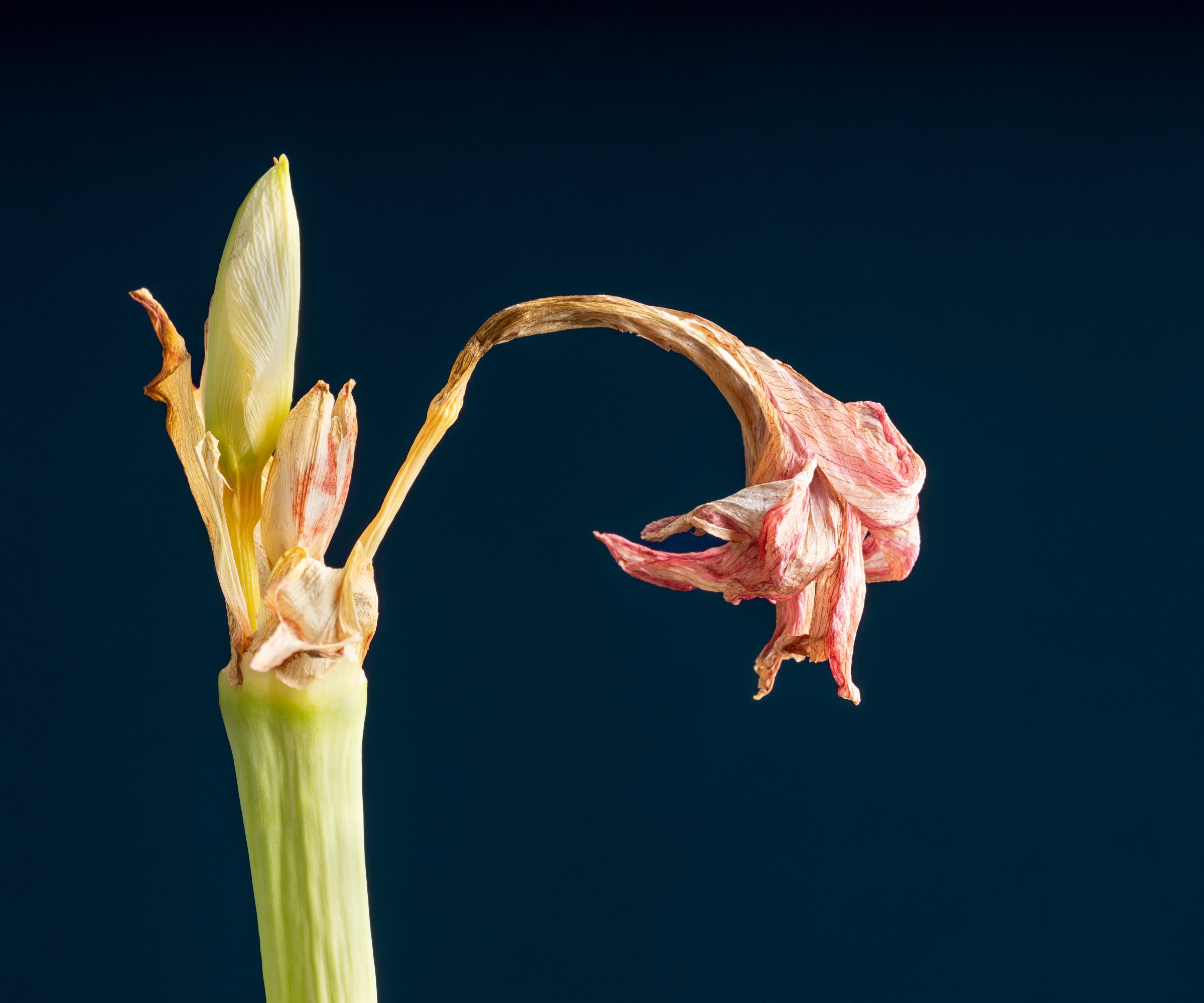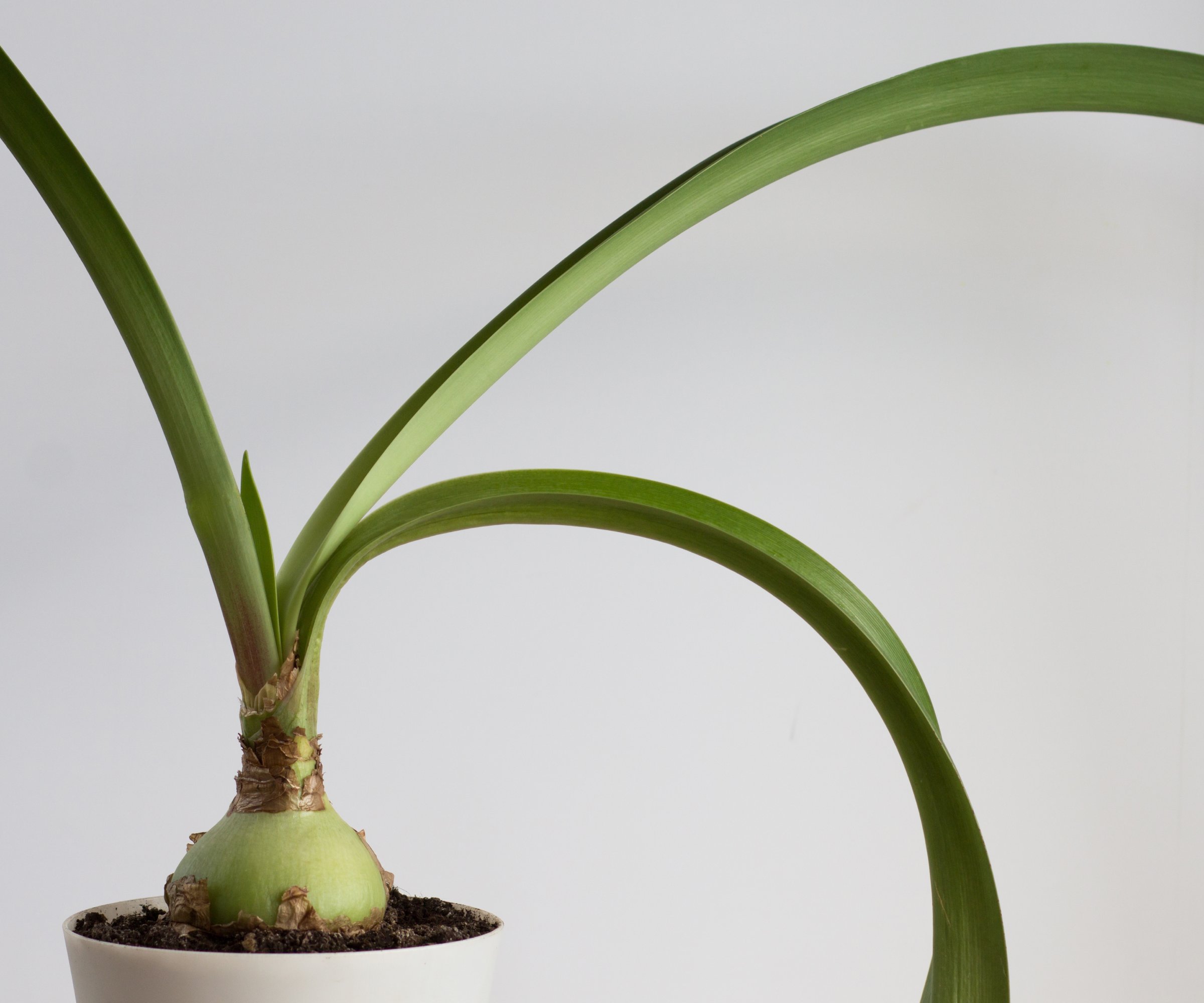How To Get Amaryllis To Rebloom – So You Can Enjoy Elegant Amaryllis Flowers All Year
Amaryllis flowers aren't just a one-time thing. Your holiday amaryllis can rebloom for years and years... as long as you treat it right.


Once the bloom fades it is time to start the steps on how to get amaryllis to rebloom. Amaryllis grow from large bulbs and produce even larger flowers. The bulbs must be plump, unblemished, and healthy to grow the arching, strappy leaves, and exotic blooms. Do amaryllis rebloom and will amaryllis rebloom this year? With a little amaryllis care and a few important steps, you can ensure more amaryllis flowers the following year and in a few cases, even the same year.
Do Amaryllis Rebloom?
Amaryllis bulbs are native to South Africa. They have no frost tolerance and must be grown where temperatures are warm. They are excellent houseplants and produce unmatched color in the form of huge blooms in winter.
Can an amaryllis rebloom? Often if you cut the spent flower stems off, the plant will produce another flush of flowers. These will usually be smaller, and on shorter stems than the first blooms. Wait to cut the stem until it has begun to yellow since the stalk can photosynthesize and produce energy.
How to Get Amaryllis to Rebloom

Amaryllis plants produce flowers in the cool season, when light is low and temperatures are cooler. A single amaryllis bulb has the capacity to rebloom annually for years, but it needs to be treated right so the bulb remains healthy and has plenty of stored energy. The amaryllis will gather energy through photosynthesis and store plant sugars in the bulb. This stored energy will fuel the following year’s formation of flowers.
You'll need to do regular amaryllis feeding and watering, and may want to move the plant outside for spring and summer. Once the warm period is over, it is time to start the process on how to get amaryllis to bloom again.
Care for Amaryllis After Blooming
Once you have removed the amaryllis flower stalks, keep the plant in the same container. Even if it looks like it has outgrown the pot, amaryllis actually prefer to be snugly tucked into their containers. The perfect container will be no more than 2 inches ( 5 cm.) wider than the diameter of the bulb.
The ideal amaryllis soil is a soilless medium that drains well, ensuring the bulb doesn’t rot. Fertilize every 2-4 weeks with a diluted houseplant food. Water the amaryllis when the top surface of the soil feels dry.
Sign up for the Gardening Know How newsletter today and receive a free copy of our e-book "How to Grow Delicious Tomatoes".

If you choose to move your amaryllis outdoors, gradually get it used to brighter light so the leaves don’t burn. At the end of summer, move the amaryllis back indoors to a cool, dark location. Don't water it, and generally just ignore it.
Once the leaves have turned yellow and are limp, cut them off. After 10-12 weeks, move the amaryllis back to a bright location and resume watering. If the bulb has stored enough energy, you should see new amaryllis flowers emerging in 4-6 weeks.

Frequently Asked Questions
How do I get my amaryllis to bloom after it grows long leaves?
Amaryllis don’t need a dormancy period to encourage flowering, but they respond favorably to dry soil and cooler conditions. They will need to be exposed to temperatures between 45-55 Fahrenheit ( 7-13 C.). Put the plant somewhere cool but look at it occasionally.
If you see signs of life in the form green at the top of the bulb, it's time to move the plant to brighter light and begin watering. Occasionally, a plant that has already bloomed will produce another set of amaryllis flowers just after the first have died. This will only happen in ideal conditions and when a bulb is extremely robust and large.
Why is my amaryllis growing leaves but no flower?
If your amaryllis is all leaves and no flowers, the bulb may not have received enough cool temperatures to bring it into dormancy. It may also not contain the energy needed to bloom. The bulb must experience about 2 months of cool temperatures, dim light, and no water to produce leaves and then flowers. The bulb should be fed during the growing season but reduce water and stop fertilizing in August. By that time the bulb will have stored enough energy for both leaves and flowers in a couple of months.
How do you stimulate an amaryllis to bloom?
If you've tried proper feeding, water, and a dormant period but are still wondering “ how do I get my amaryllis to bloom again?” you may just have a bad bulb. If the bulb is in soil, dig it up and inspect it.
An amaryllis bulb should be fairly large, around 9-14 inches ( 24-36 cm) across. It should be free of blemishes and have no wrinkles or soft spots. If there are any lesions, discoloration, or soft areas, it is best to discard the bulb and get a fresh one. A new bulb will take off once it is planted and gets water. Place it in a sunny window and provide water when the soil is dry. This is all the stimulation a healthy amaryllis bulb will require to bloom.

Bonnie Grant is a professional landscaper with a Certification in Urban Gardening. She has been gardening and writing for 15 years. A former professional chef, she has a passion for edible landscaping.